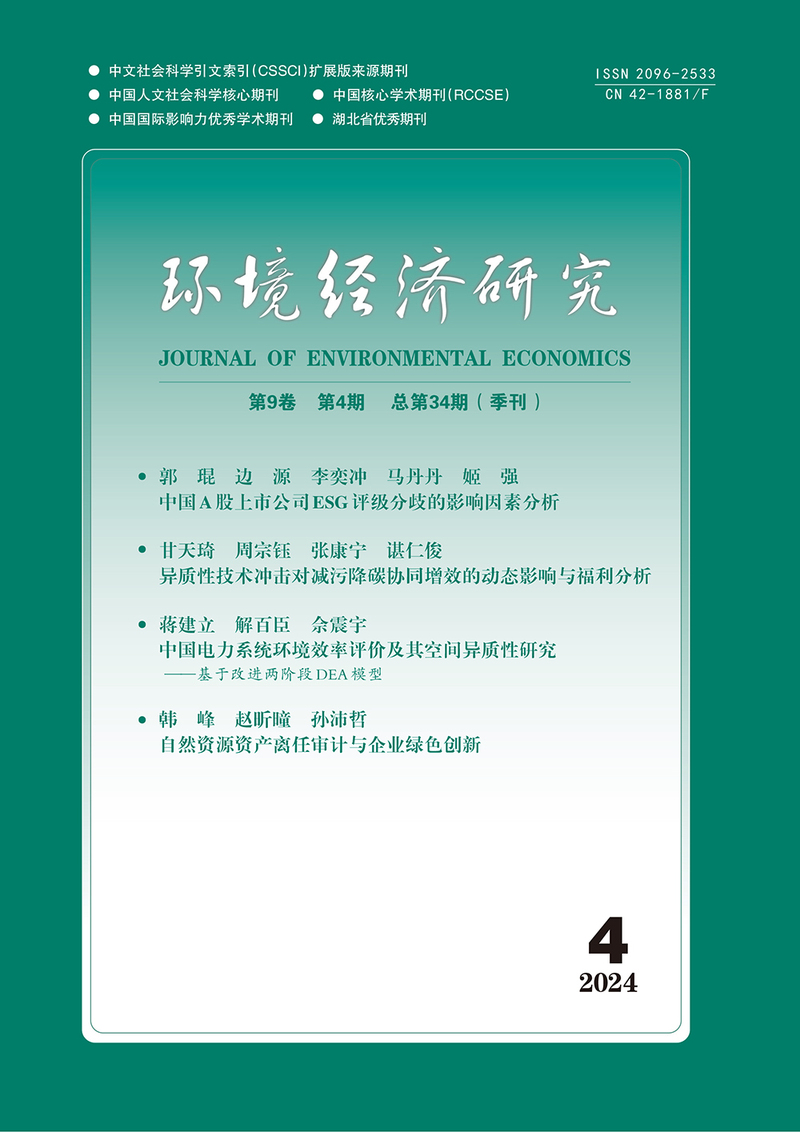Diversity Evaluation Index System of Ecological Civilization in Chinese Provinces
Cheng Jinhua, Wang Ran and Yuan Yiren
摘要:基于省域资源环境问题区域差异,运用聚类分析方法将中国31个省市自治区(不包含港、澳、台地区)分为三类。从国土空间优化、资源能源节约、生态环境保护、经济发展质量和生态制度建设五个方面构建了具有共同框架的省域生态文明基本评价指标体系,其中生态制度建设维度的生态红线制度被纳入生态文明评优的“一票否决”思想来设计指标。在把握不同类型省域生态文明评价重点的基础上,对基本评价指标体系各维度指标进行调整,从而构建了省域生态文明差异化评价指标体系,并运用集对分析方法测算分析了各类省域生态文明综合指数的变化规律以及生态红线的履行效果。研究结果表明:三类省域生态文明发展水平较好的分别是发展相对均衡的省份、粮食主产区域、能源资源较为丰富和经济发展水平较好的地区;较多省份二氧化硫、可吸入颗粒物浓度指标偏高,环境污染治理力度亟待提升;生态空间保护修复效果欠佳,应该尝试将生态红线“一票否决”思想纳入规范化的生态文明考评约束机制,推进生态文明建设走向常态化。
关键词 : 资源环境问题, 生态文明, 差异化指标体系, 区域差异
Abstract: The provinces are divided into three categories with the cluster analysis based on the resources and environment problems. The basic provincial ecological civilization evaluation index system is established from five dimensions of land space optimization, intensive resource conservation, ecological environmental protection, the quality of economic development, and ecological construction system. Then based on the different types of the focus of the provincial ecological civilization evaluation, the diverse ecological civilization evaluation index systems are built to analyze the variation of various provincial domain composite index of ecological civilization and ecological effects of red fulfillment with the method of set pair analysis. The results showed that the highest index of ecological civilization are divided into three categories, which are provinces with more concentrated in a relatively balanced development , the major grain-producing region, and the region with rich energy and better economic development. Most provinces don’t fulfill the ecological red line, and most provinces’environment should be paid much attention, especially the SO2 and PM10. In the process of future development,the thought of a veto can be introduced into standardized constraint mechanism of ecological civilization to promote the construction of ecological civilization to normalization.
Keywords: the Problem of Resources and Environment; Ecological Civilization; Diversity Index System; Regional Difference
DOI:10.19511/j.cnki.jee.2016.02.006
